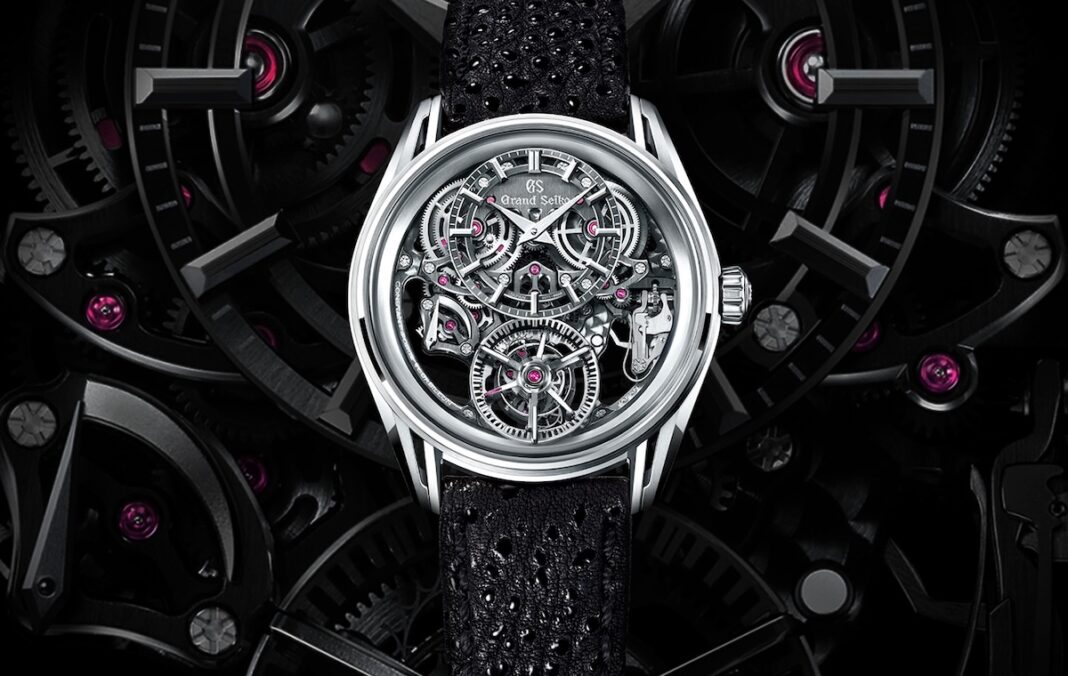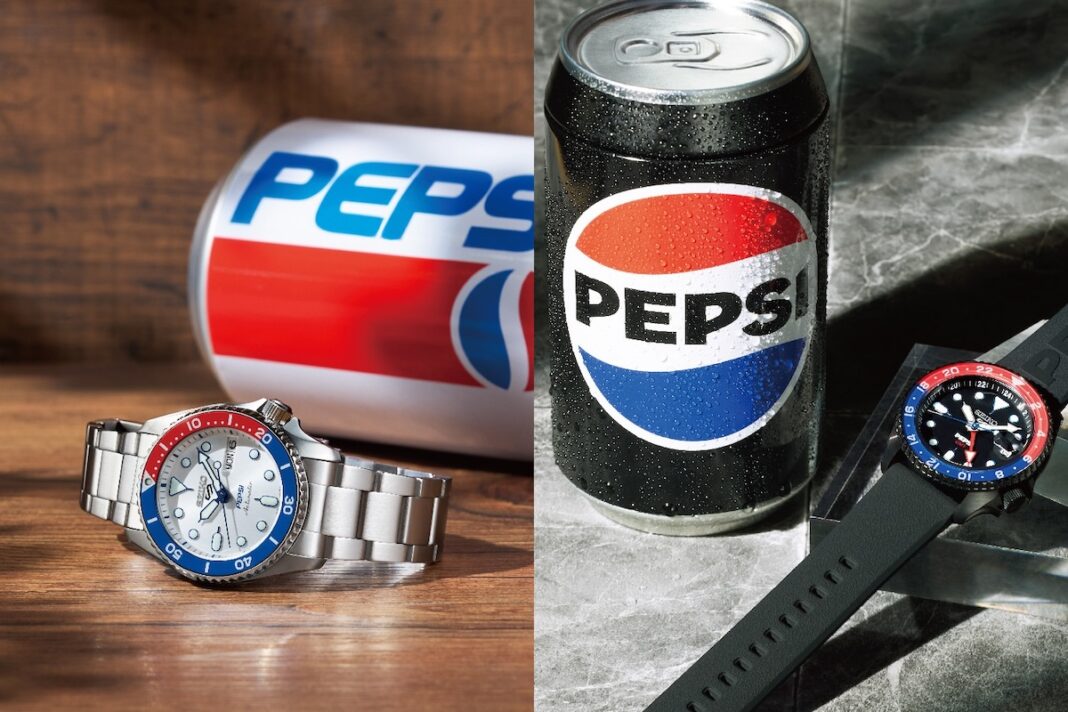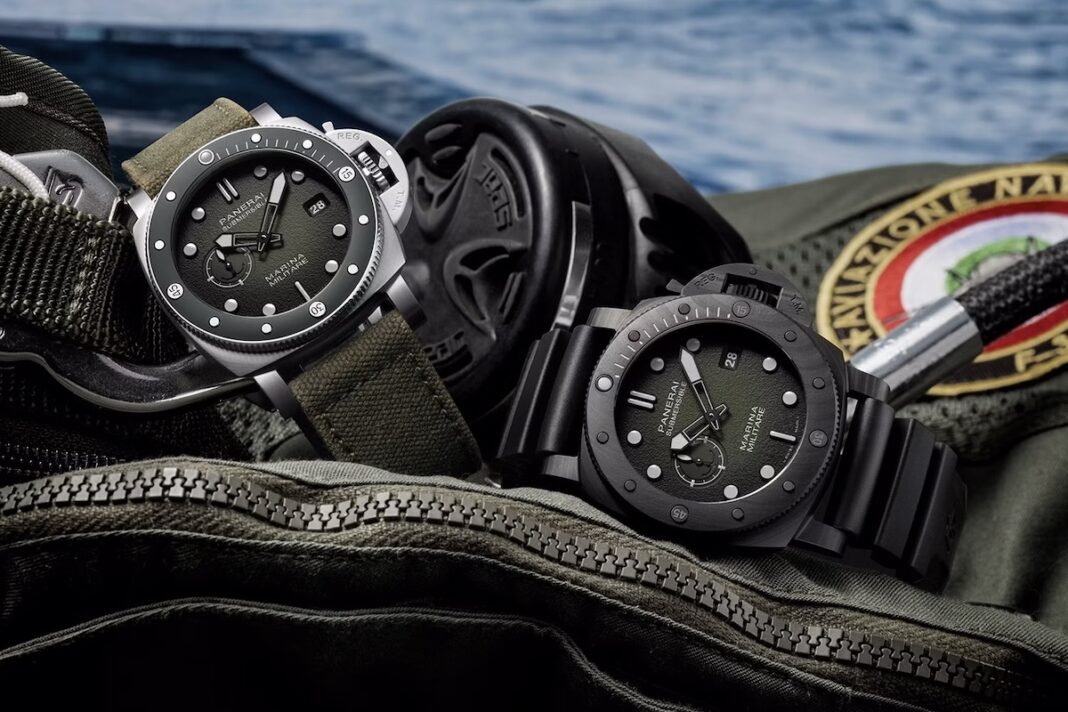While Swiss and German names still dominate the luxury watch narrative, Japan continues to assert a compelling presence through brands that balance tradition, innovation, and value. From ultra-precise quartz movements to hand-finished artisanal timepieces, Japanese watchmaking is no longer an alternative—it’s a universe of its own. Here’s a closer look at five brands that reveal the depth and diversity of Japan’s horological identity in 2025.
Citizen: Quartz Excellence and Eco-Driven Innovation
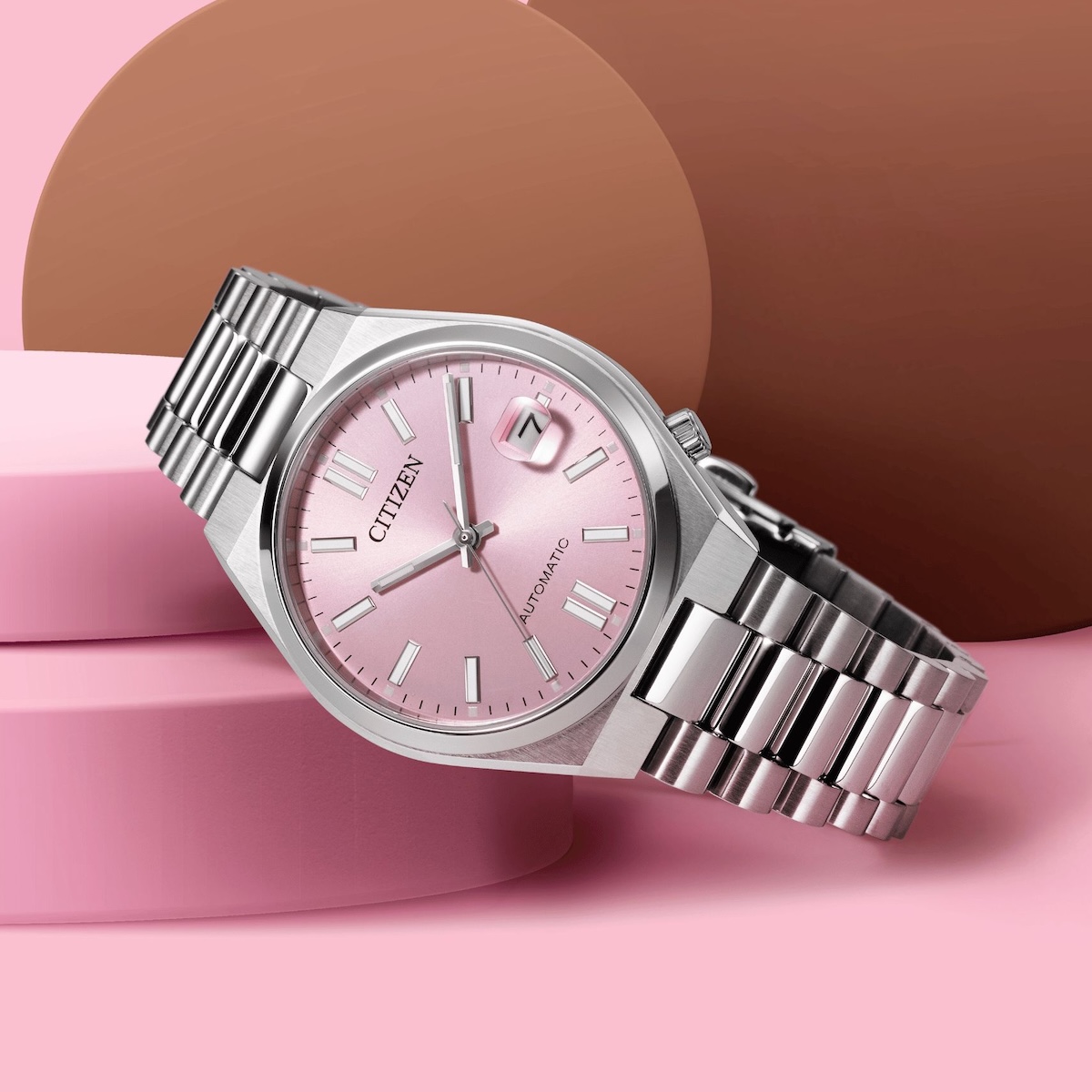
Often underestimated in the mechanical world, Citizen remains a global leader in movement manufacturing, particularly in high-accuracy quartz. But its impact goes far beyond. With technologies like Eco-Drive—a solar-powered system introduced in the 1970s—and Super Titanium, the brand excels in creating robust, sustainable watches for everyday wear. While most pieces are priced under $1,000, The Citizen line and its Chronomaster series climb into the $2,000–$3,000 range, showcasing some of the most accurate analog timepieces in the world. For those who value performance over prestige, Citizen is a brand that continually redefines the boundaries of modern watchmaking. And we invite you to check out Citizen’s Aqualand 40th Anniversary Edition.
Seiko: The Foundation and the Playground
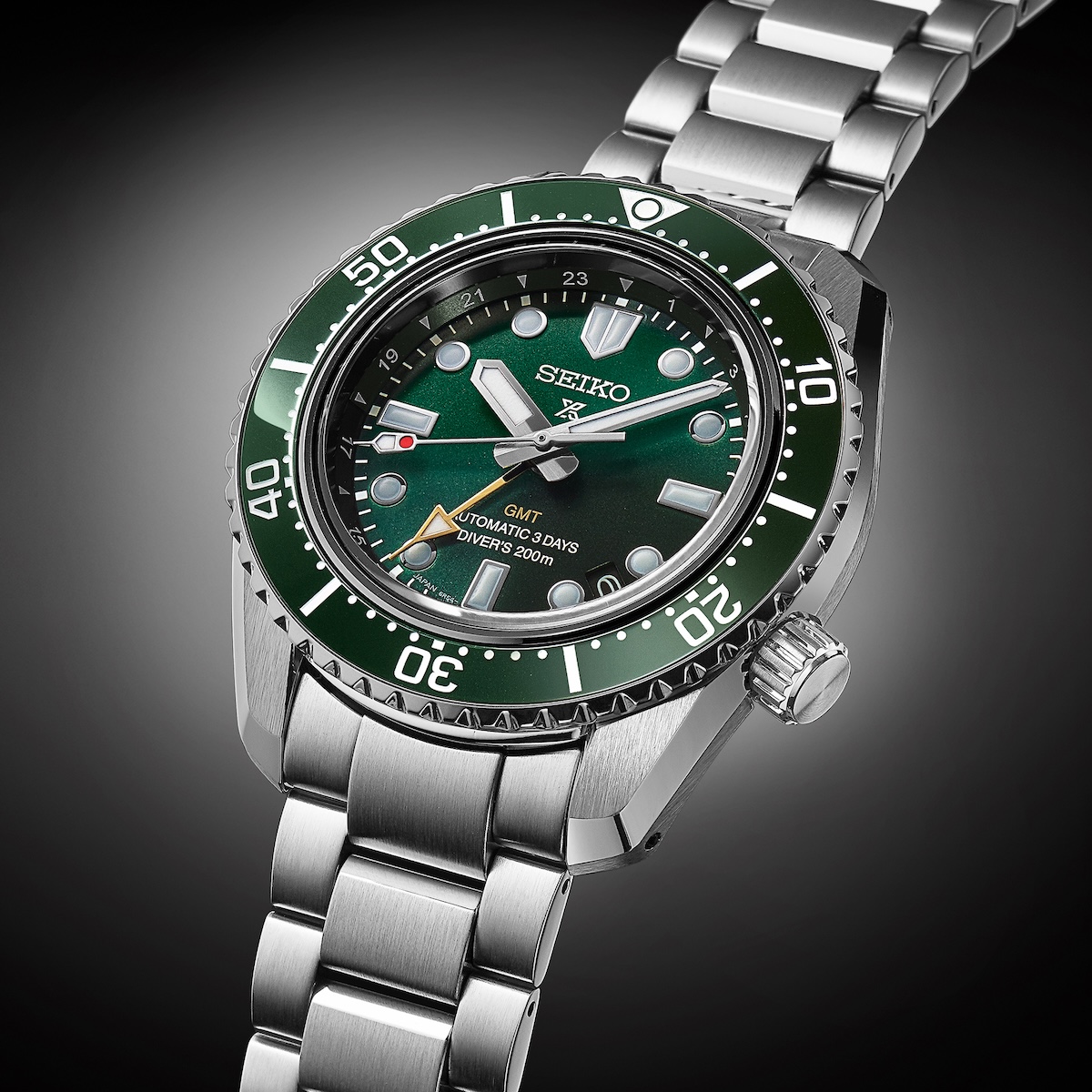
Seiko is the cornerstone of Japanese watchmaking. With a portfolio ranging from entry-level Seiko 5s to the technically impressive Prospex divers and reissues from the King Seiko line, it offers something for every enthusiast. Seiko pioneered innovations such as the first quartz watch (Astron 1969) and continues to develop reliable, in-house mechanical movements across a wide price spectrum. Expect models from $200 to $3,000, with occasional higher-end references. What makes Seiko exceptional is its balance between accessibility, heritage, and experimentation, making it the brand most collectors have owned—or will own—at some point in their journey. Here is our favorite recent release from the band : the Prospex SPB519.
Kurono Tokyo: Independent Design with Soul
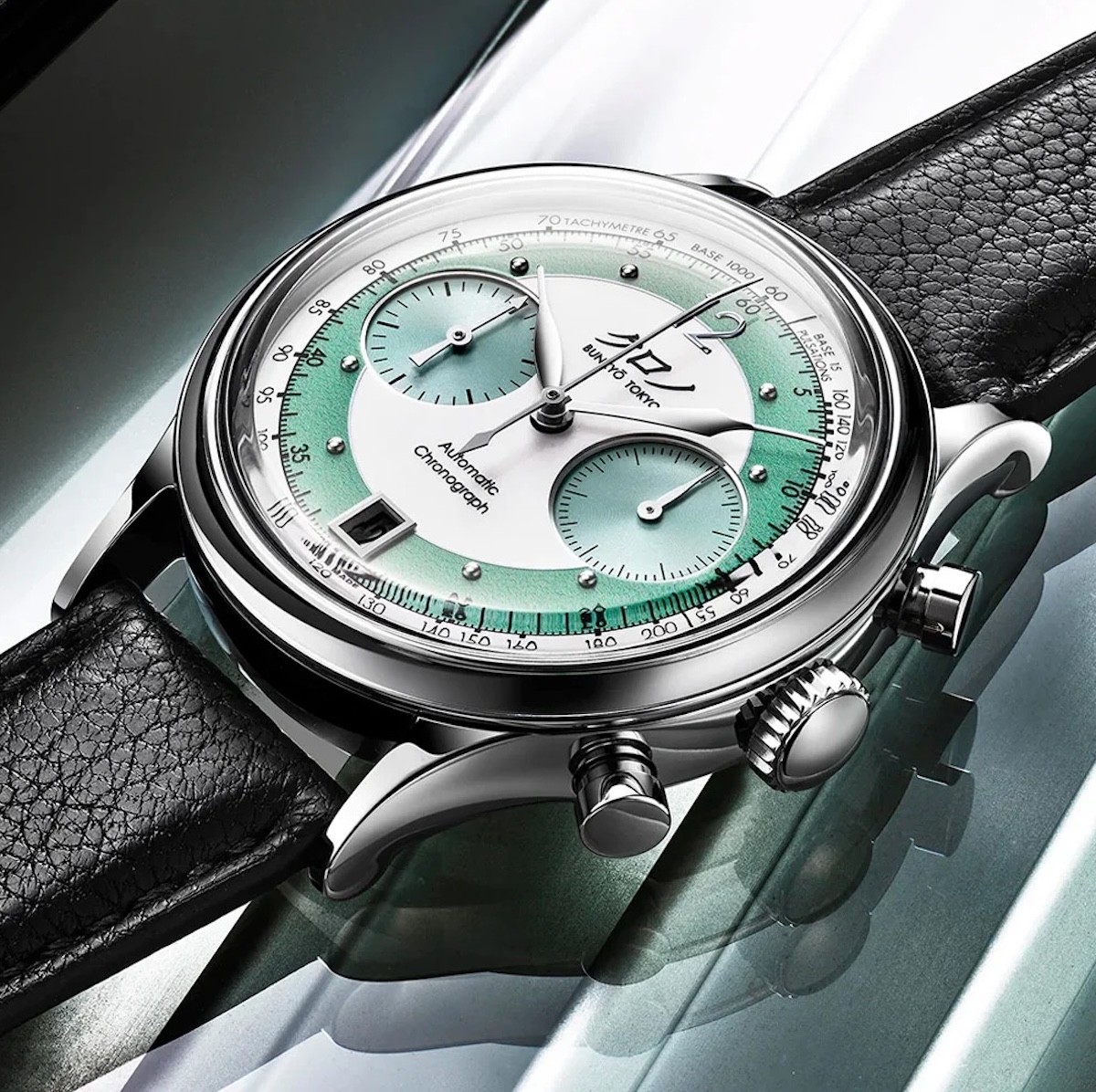
Born from the vision of independent watchmaker Hajime Asaoka, Kurono Tokyo bridges the gap between artisan horology and accessible luxury. Though operating in small batches, the brand’s releases frequently sell out in minutes, driven by a blend of elegant art-deco design, Japanese cultural motifs, and traditional watch proportions. With most watches priced around $1,700 to $3,000, Kurono offers a unique proposition: access to a renowned independent creator’s vision without the six-figure prices that typically come with it. It’s a brand that resonates with collectors looking for personality, restraint, and design integrity. We have dedicated an in-depth article about Kurono Tokyo which we strongly encourage you to read !
Orient Star: Hidden Value, Rising Potential
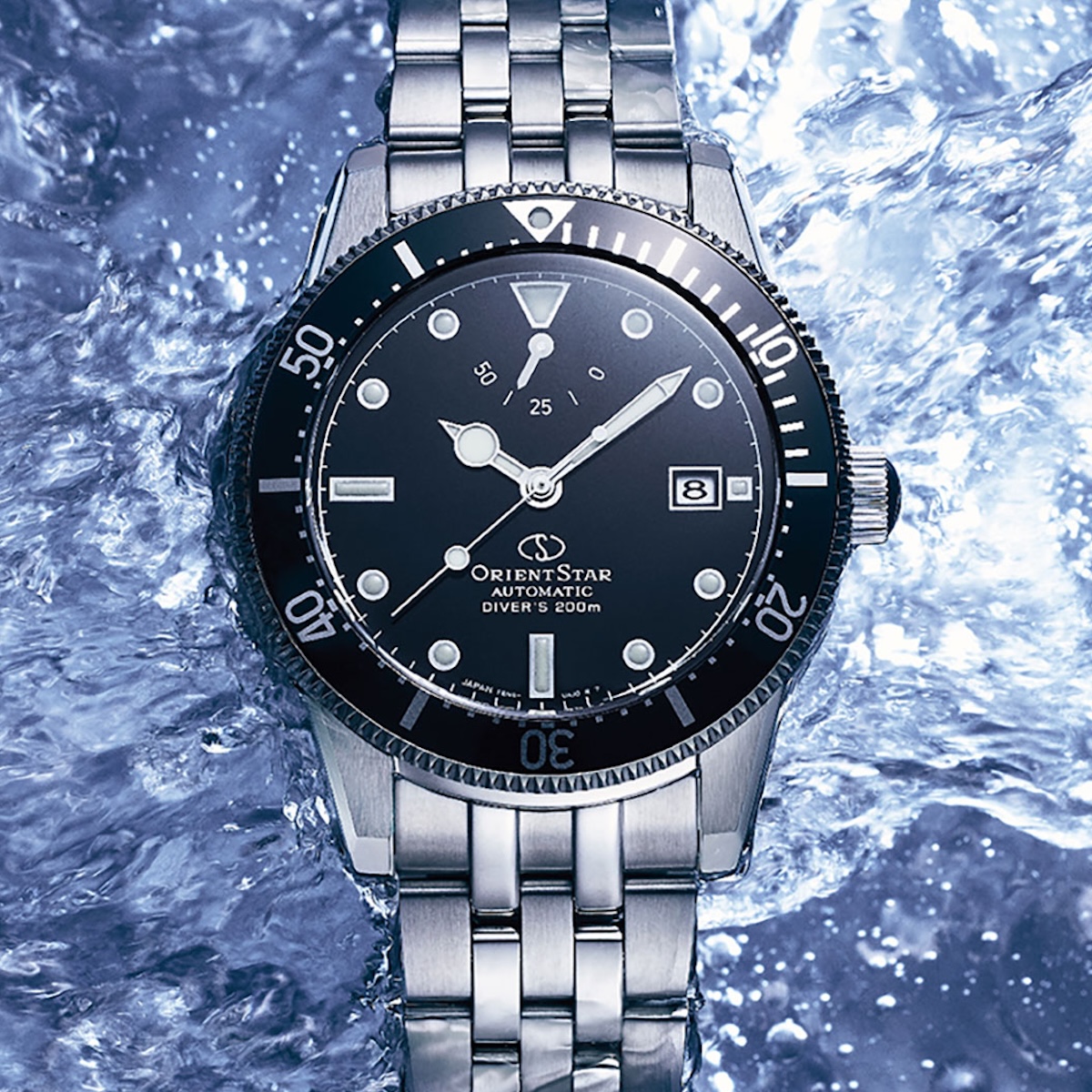
Often overshadowed by its better-known cousins, Orient Star (the premium line of Orient, itself owned by Seiko Epson) delivers exceptional value in the $700 to $2,000 range. With fully in-house movements, refined casework, and elegant complications like retrogrades and moon phases, Orient Star has quietly built a strong reputation among discerning collectors. While design language can vary—from classical dress pieces to modern open-heart models—the brand’s DNA revolves around understated complexity. For those who enjoy discovering lesser-known gems that punch above their weight, Orient Star is worth serious consideration.
Grand Seiko: The Art of Subtle Mastery
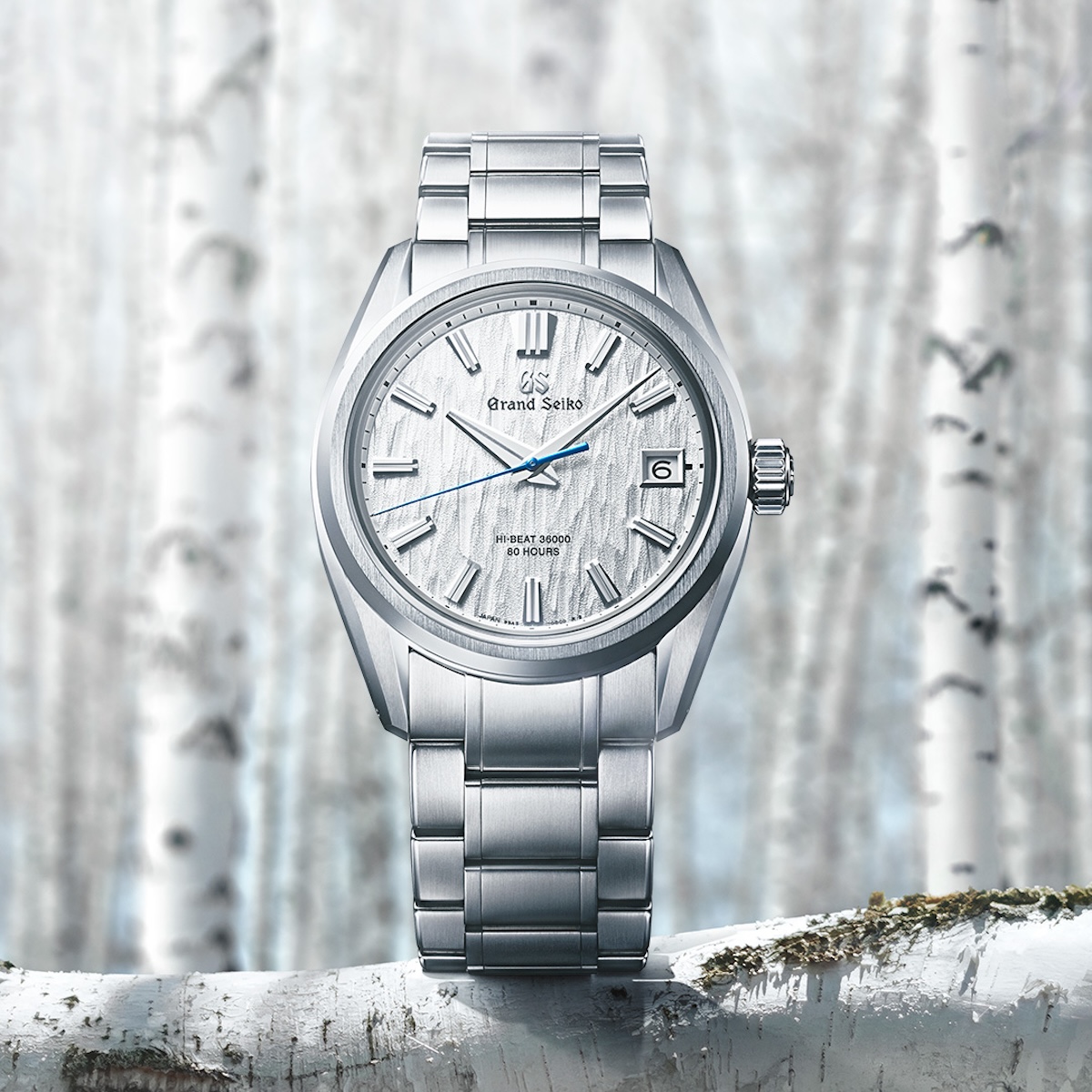
Since its separation from Seiko in 2017, Grand Seiko has risen as a benchmark in high-end watchmaking, combining traditional craftsmanship with cutting-edge engineering. Known for its Zaratsu polishing, naturalistic dial textures, and innovative movements like the Spring Drive, the brand embodies a uniquely Japanese approach to luxury. While Swiss maisons often emphasize opulence, Grand Seiko stands out for its precision, minimalism, and poetic inspiration from nature. Prices range from $3,000 to over $70,000, and for good reason: each piece is a quiet demonstration of mastery. Collectors who appreciate depth over drama will find a lot to love here.
Conclusion: More Than Just an Alternative
These five Japanese watch brands reflect a rich ecosystem—from mass production to independent artistry, quartz precision to mechanical poetry. What unites them isn’t a shared aesthetic, but a shared philosophy of purpose, value, and quiet refinement. While their Swiss counterparts often rely on legacy and luxury cues, these Japanese houses push forward with technical innovation and deeply rooted cultural narratives. For collectors willing to step off the beaten path, Japan offers more than variety—it offers vision.
